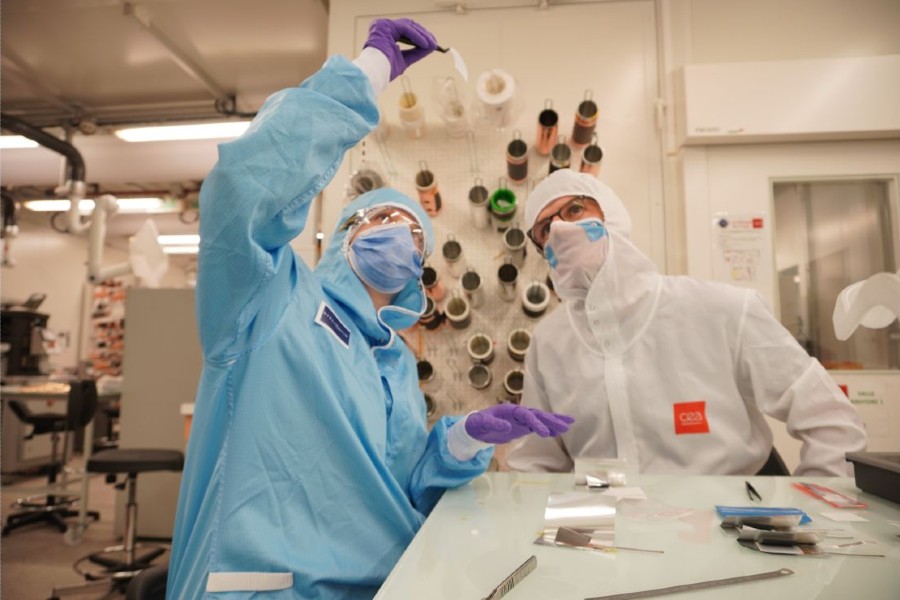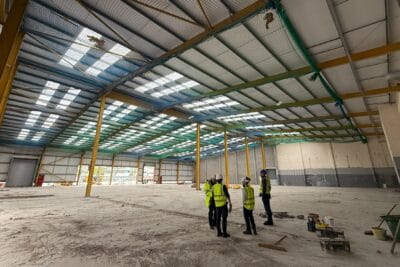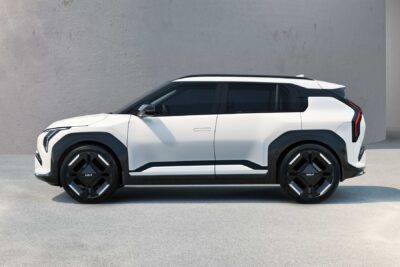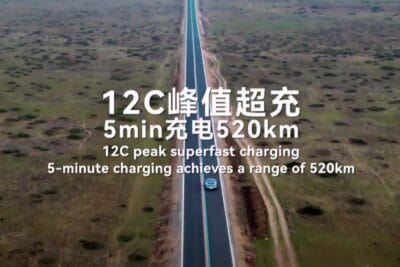Stellantis develops battery cells for cheaper electric cars with CEA
The CEA is France’s commissioner for nuclear energy and alternative energies. Stellantis is drawing on the expertise of the research institute to develop cells for “affordable next-generation electric vehicles”. The technology is to be provided to its “gigafactories, which will be operated in joint ventures”. This is the decisive hint in the car manufacturer’s announcement that the cooperation is related to the recently announced stops at ACC. The battery cell joint venture between Stellantis, Mercedes-Benz and TotalEnergies – the full name is Automotive Cells Company – is currently pausing construction work on its battery cell plants in Kaiserslautern and Termoli, Italy. This is in order to switch from its nickel-based cell chemistry to more cost-effective battery technologies.
At the beginning of June, the declining demand for electric vehicles was cited as the reason for the cutback. The company therefore apparently wants to research and develop more cost-effective batteries in order to supply cheaper electric vehicles. Exactly what will happen in Kaiserslautern and Termoli will be specified at the end of 2024 or the beginning of 2025. It is not yet known to what extent the reorientation phase at ACC will also affect the third factory in France. The first production block with 13.4 GWh is currently being ramped up there. A further two blocks were previously planned in order to reach 40 GWh.
The joint venture is currently focussing solely on NMC battery cells (nickel-manganese-cobalt). Competitor Renault has also pursued an NMC-only strategy to date, but according to the latest information is now also opening up to the more favourable LFP technology. The cell chemistry at the centre of the Stellantis-CEA cooperation is not mentioned. There is only talk of “disruptive cell chemistries”, which does not necessarily speak in favour of LFP technology, which is already quite common. The joint research programme includes the development of “advanced technology cells with higher performance, a longer lifespan and a lower carbon footprint at competitive costs”, according to the Stellantis press release. The programme will also focus on life cycle assessment and the development and validation of battery cells.
“We know that battery technology is poised for change. While we don’t know exactly how it will change, we are committed to be at the forefront of this transformation. Internally, we are working around the clock placing multiple bets and exploring various technologies,” says Ned Curic, Stellantis Chief Engineering and Technology Officer. At the same time, the company is working closely with tech start-ups, laboratories, universities and the world’s most renowned research institutions such as the CEA. “We believe that this collaboration will accelerate the arrival of disruptive battery cell technology, supporting our mission to offer clean, safe and affordable mobility to our customers.”
Philippe Stohr, Head of Energy at CEA, speaks of an ambitious, multi-year R&D programme for battery cells. “This exciting project makes the best use of more than 25 years of expertise in the field of Li-ion batteries at CEA to the benefit of one of the major automotive actors in the competitive race for electrical mobility. Our challenge is to speed up design and fabrication and to allow deep understanding of the most advanced cells technologies by sharing our expertise, skills and vision.”





0 Comments